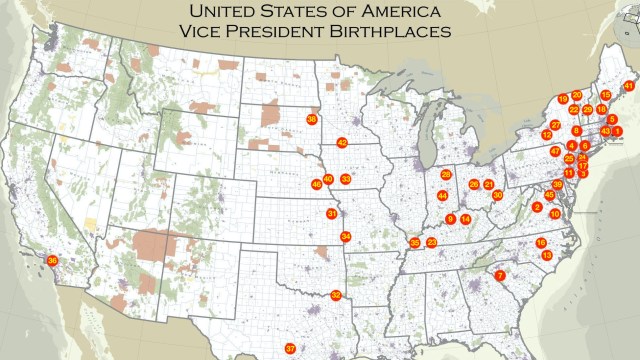A ‘Strawberry moon’ eclipse is happening on Friday. Here’s how to watch it from home

Matt Cardy / Getty
- Two lunar events will occur on Friday: a full moon and a penumbral eclipse.
- A penumbral eclipse occurs when the moon passes through the Earth’s outer shadow, causing the moon to appear slightly darker.
- The eclipse will only be visible to some countries, but the Virtual Telescope Project is providing a livestream.
The first full moon of June — known as the Strawberry moon — will rise on Friday, June 5. This year, the Strawberry moon coincides with another lunar event: a penumbral lunar eclipse.
What will the moon look like Friday? No matter where you live, it will appear unusually low in the sky. That’s because the Strawberry moon occurs closest in time to the summer solstice (June 20), which is when the sun is highest in the sky.
The Strawberry moon may also appear unusually big. But that’d only be because of the moon illusion, which describes how the mind perceives the moon to be bigger the closer it appears to the horizon. This illusion can make constellations appear unrealistically large, too.
A spectacular rise of the full moon just before sunset while flying over western China. pic.twitter.com/pNWqaV4zLf
— Jeff Williams (@Astro_Jeff) June 21, 2016
Twittertwitter.com
The penumbral eclipse may cause actual changes to the moon’s appearance. A penumbral lunar eclipse occurs when the moon passes into Earth’s outer shadow, known as the penumbra. (Earth’s inner shadow is called the umbra, and total lunar eclipses occur when the moon passes through both the penumbra and umbra.)
When a penumbral eclipse occurs, the moon may appear slightly darker than normal. But this year’s eclipse will only be visible from “parts of Australia, Asia, Africa, Europe, and South America,” the Farmer’s Almanac reports. For people in North America, the moon will be below the horizon when the eclipse occurs.

Phases of the MoonNASA
But the moon won’t appear red or pink from any vantage point — the name “Strawberry Moon” is a Native American reference to strawberry harvest season. Other names for June’s full moon include the Flower Moon, Rose moon, Planting moon, and Mead moon.
The eclipse will start at about 1:45 P.M. E.T. on Friday. It will last for about three hours, but the best time to view the moon will be around 3:25 P.M. E.T., according to timeanddate.com. If you can’t view it in person, check out The Virtual Telescope Project’s livestream.
The next time a full moon coincides with a penumbral eclipse will be July 4. The first full moon of July is often called the Buck moon, and next month the full-moon eclipse will be visible from North America, though it’ll be faint.





